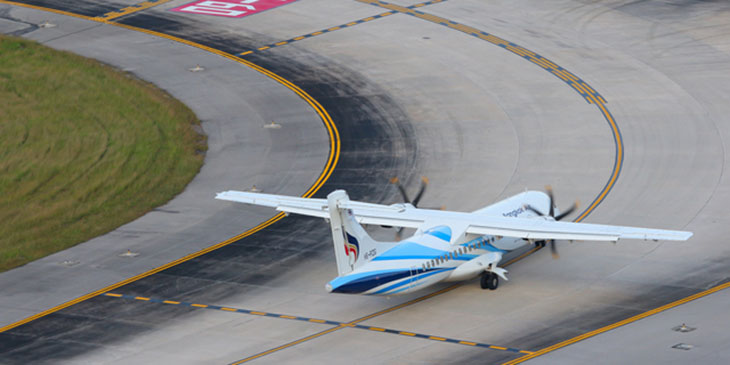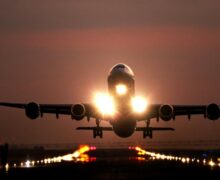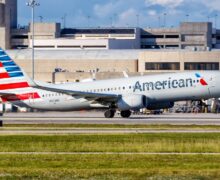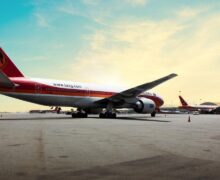Big demand for small aircraft in Asia

Asia-Pacific is becoming a key driver of demand for small aircraft, with strong intra-regional travel patterns alongside the development of smaller, emerging tourist destinations.
“Asia is our biggest market and it’s in this region where we have the biggest growth,” said Jean-Daniel Kosowski, sales director of turboprop aircraft maker ATR on the sidelines of the recent 62nd Assembly of Presidents of the Association of Asia Pacific Airlines in Jeju.
Kosowski shared that Asia-Pacific comprises “a bit over a third” of ATR’s total market; its biggest client is Indonesia’s Lion Air with 100 ATR aircraft, followed by Malaysia with 55, Myanmar 44 and Air New Zealand 28.
TheATR 72-600has up to 78 seats and can fly for up to one hour and 15 minutes, ideal for island countries like Indonesia and the Philippines, home to developing destinations with small runways and nascent infrastructure.
The Asia-Pacific region is also seen as a fast-growing tourism region for Bombardier, according to sales director North Asia Marcel Grauer.
Early this year, Bombardier forecast that Asia-Pacific (excluding greater China) will take delivery of 2,050 small aircraft – 16 per cent of the worldwide market – by 2036, including 1,050 regional aircraft of 50 to 100 seats, and 1,000 single-aisle aircraft of 100 to 150 seats.
Grauer sees growing demand and opportunities for Bombardier aircraft in Japan, Mongolia, South Korea and the Philippines, apart from India.
The Bombardier Q400 aircraft, which has the speed of jets, has more capacity than ATR of up to 86 pax but also consumes more jet fuel.
Meanwhile, ATR ruled out speculation that a 100-seat aircraft in the works, citing the lack of demand for it at the moment. Rather than utilising bigger aircraft, it is promoting greater frequency on smaller aircraft as a way of creating capacity.
“We realise that very often there is a correlation between the number of seats in aircraft and the distance it can fly,” Kosowski explained.
“For example, you have no 56-seat aircraft that can fly 10 hours, no 400-seat aircraft designed for an hour’s flight. A 78-seat aircraft and a flying time of one hour and 15 minutes is a good combination. If you need to carry 100 pax, most of the time it is better to add a second flight,” he said.
source: TTG Asia




